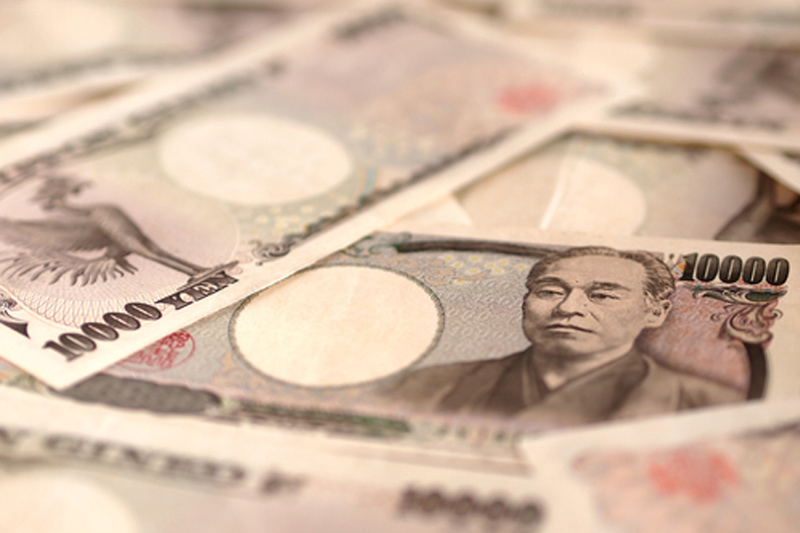Investing.com - The yen drifted weaker in Asia on Monday ina think day with markets in China shut for the week on the Lunar New Year holiday.
USD/JPY changed hands at 116.95, up 0.06%, while AUD/USD changed hands at 0.7085, up 0.24%.
In Japan, the current account for December came in at a surplus of ¥961 billion trillion, compared to an expected ¥987 billion. Bank lending rose 2.3%.
Also in Japan, average wages rose 0.1% year-on-year in December, with the previous month flat. Wage growth remains slow in Japan as cash-hoarding firms are reluctant to raise fixed labor costs and unions are used to modest pay hikes. The slow wage recovery amid rising prices for daily necessities has kept consumer spending sluggish and is clouding the prospect for the Bank of Japan's achieving its 2% inflation target.
The U.S. dollar index, which measures the greenback’s strength against a trade-weighted basket of six major currencies, rose 0.07% to 97.05.
In the week ahead, investors will be looking to Wednesday’s testimony by Fed Chair Janet Yellen and Friday’s data on U.S. retail sales for further indications on the strength of the world’s largest economy.
Friday’s preliminary report on euro zone fourth quarter growth will also be closely watched amid heightened expectations for more easing by the European Central Bank in the coming months.
Last week, the dollar rebounded against a basket of the other major currencies on Friday after the latest U.S. jobs report showed that wage growth accelerated in January, indicating that the Federal Reserve could still raise interest rates this year.
The U.S. Department of Labor reported that average hourly earnings rose 0.5% last month and were up 2.5% on a year-over-year basis.
The economy created 151,000 jobs last month, the lowest number since September and less than the 190,000 forecast by economists’.
Despite the slowdown in jobs growth the unemployment rate fell to 4.9%, the lowest level since February 2008.
The pick-up in wage growth bolstered the outlook for inflation and increased the likelihood that the Fed could raise interest rates this year.
Higher interest rates would make the dollar more attractive to yield-seeking investors.
